Bringing a little color to the gym
Multicultural Center Students and Staff at Shoreline Community College try their hand at indoor bouldering during Halfmoon’s BIPOC climb night
June 9, 2023
Losing a bit of skin for a sense of community, students at SCC find the fun in falling. Every Thursday at Halfmoon Bouldering in Greenwood, people of color are encouraged to take advantage of special pricing. A $12 day pass is offered with the aim of lowering the barrier of entry for new and seasoned BIPOC climbers. Last May, students at SCC’s Multicultural Center came together to continue their renewed emphasis on creating inclusive spaces for the college’s BIPOC students by hosting a school climb night in partnership with Halfmoon Bouldering.
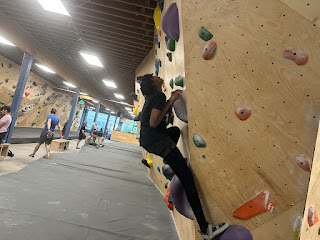
A Challenge Like No Other
For all but a few attendees amongst the staff and student group taking part, rock climbing, never mind bouldering, was an entirely new experience for them. For many like Manny Lopez, a first-time climber, feeling a little nervous was a pre-climb theme before strapping up rental shoes provided by the gym. “I’m feeling a little anxious. I’ve never done this before and I’m a little scared, but Roberto [Manny’s sibling who works for the Gender Equity Center at SCC] has and I am excited to try this out.”
Bouldering sets itself apart from the two other main disciplines of rock climbing: trad-climbing and sport climbing. There are no ropes involved as the anchor of safety; the only form of protection from the risks of falling while bouldering is the pads beneath your feet. It’s often difficult to trust the floor beneath your feet as you push with your feet and press with your hands.
The students and staff, despite a general sense of anxiety, were quick to overcome the initial fear of falling even despite witnessing the aftermath of a distraught climber at the gym, separate from the group, who sprained her ankle on a fall just minutes before waivers could be signed.
Waivers were signed, rental shoes were sorted and the formal safety talk was given by staff at Halfmoon, the students and staff were off. They climbed through the many different features, angles, textures, shapes and sizes of holds littering the wooden walls of the gym.
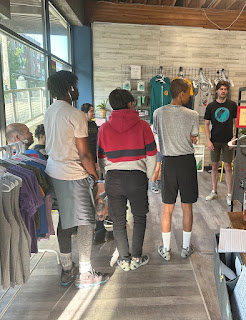
The challenge of finding a way to the top of a climb is also known as boulder problems. They are known for their puzzle-like component and offered a mix of challenges many found frustrating, intimidating, inspiring and exhausting. The night was met with fall after fall, yet students led the way with a relentless effort to try climbs in the gym that put together the classic formula of a challenge as a precursor for fun.
There were athletic backgrounds of all types from basketball players, soccer players, casual hikers and runners alike, even dancing, “I’m having fun so far. It’s interesting how this [climbing] uses our lower and upper bodies together. I feel like I need to be stronger to do that move [a steep climb many in the group were lured into trying] up there. I really want to do it, but I’m not sure if I’m strong enough… I play soccer and it’s a lot of lower-body conditioning and this is so full-bodied with so much upper body,” said Harris Salah, a student more used to coordinating his footwork for soccer than for the odd intricacies of climbing.
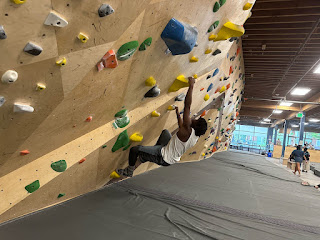
(Tony Ngo )
Salah and another student, Sam Assi, were of the more open and excited of the group, trying everything from overhanging routes (steep terrain on the walls with an emphasis on maintaining tension throughout your body) to slab problems (less overhung, more technical climbing) throughout the gym.
What often sets bouldering apart from other types of climbing, is an incredible diversity of movement. Boulder problems can be powerful, dynamic feats coming from your feet, or a mauling of the smallest of holds with your fingers.
As the students would learn throughout the night, to move successfully from one hold to another requires full use of your entire body, along with a little enthusiasm for falling. Walls can be steep, vertical, caves of holds or even delicate as the more than vertical slab-climbing walls represent tests of finesse and technique above power and strength.
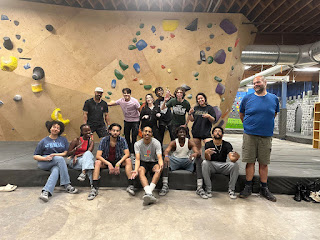
An Emphasis on Diversity and Wellness
At the heart of the night was the emphasis on themes of diversity, particularly in inclusion and accessibility. “We wanted to give students more opportunities to explore things that are inaccessible… Whether it’s BIPOC, LGBTQ and women’s climb nights, we want to build that sense of community for students through events like this,” told Roberto Lopez, one of the organizers of the climb night.
The Multicultural Center, as well as the Gender Equity Center at SCC, have been working together towards providing a “Wellness Program” for students that have offered a variety of exposure to new experiences they may not have been keen to try on their own.
Jamie Arden, the man at the head of the Multicultural Center at SCC, explained that after a slow start due to a lack of staff at the center in the fall and winter, they’ve just now begun to pick up the pace on engaging the student body of BIPOC members through that emphasis on wellness programs; for Arden, the function of providing these experiences can pay large dividends towards improving the academic and personal success of students through that focus on wellbeing.
“This year we’re doing a lot of BIPOC events. It’s about the pillars of wellness for us where we’ve had Melissa [a member of the Multicultural Center] doing meditation classes for students with breathing techniques; and we’ve done lots of outdoor activities as well, like hiking. We’ve also had African dance classes as well for students to try and experience,” said Arden.
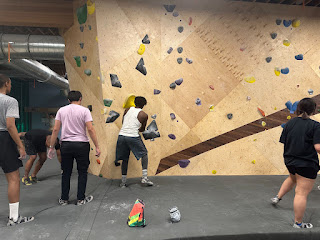
Although Arden himself sat out from the climbing, watching from afar having had surgery on his shoulder, seeing how much fun his students were having was a happy shock for him. Happy in that sense of joy that climbing as a sport can provide in maintaining both physical and mental health, something he is all for, “We need more wellness, happiness, joy, to combat the fear and stress that things like school can bring in our lives,” said Arden.
Arms aching, fingers hurting and in some cases, skin peeling, students and staff remaining at the end of the night were ready to head home. It was a night of tackling fear, embracing challenges and finding the fun in a sport that even the most reluctant of students had been convinced to at the very least, give a try. Although this had originally been planned as a one-time stop for the group, there was optimism that perhaps this could become a regular part of the Multicultural Center’s wellness programs, and perhaps even the students’ free time outside of school.
Leuel Bekele, a student working part-time for the Multicultural Center, had this to say when asked about if this may be the start of something long-term for himself and the students, “We’re going to hopefully do this next Thursday. Might be a regular thing now, at least until the end of the quarter. It was a lot of fun, so I’d like to do this again for sure.”
It was a success for the Multicultural Center, and perhaps a new avenue of interest for BIPOC students at SCC, and for some students like Lopez who had been a little nervous when asked before facing the then intimidating scale of the walls, a bit of familiarity and comfort beyond just overcoming a fear of falling. “It was a lot of fun, and it felt accessible and inclusive for me. It’s hard to be in a place where you’re the only person of color because the people that are in a place can (without saying it) tell you who belongs… I don’t think I would have come if I was the only person,” said Lopez.
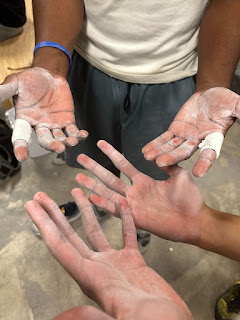
The Multicultural Center operates out of the PUB in Room 9201 and welcomes BIPOC students to stop by and take advantage of the many services it provides outside of wellness programs such as organized student study sessions, retention services, training, short-term loans for books and school supplies and a host of many other services the center is dedicated to providing for it’s BIPOC student community.
To get in contact with the center you can email [email protected].


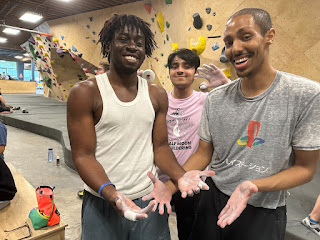
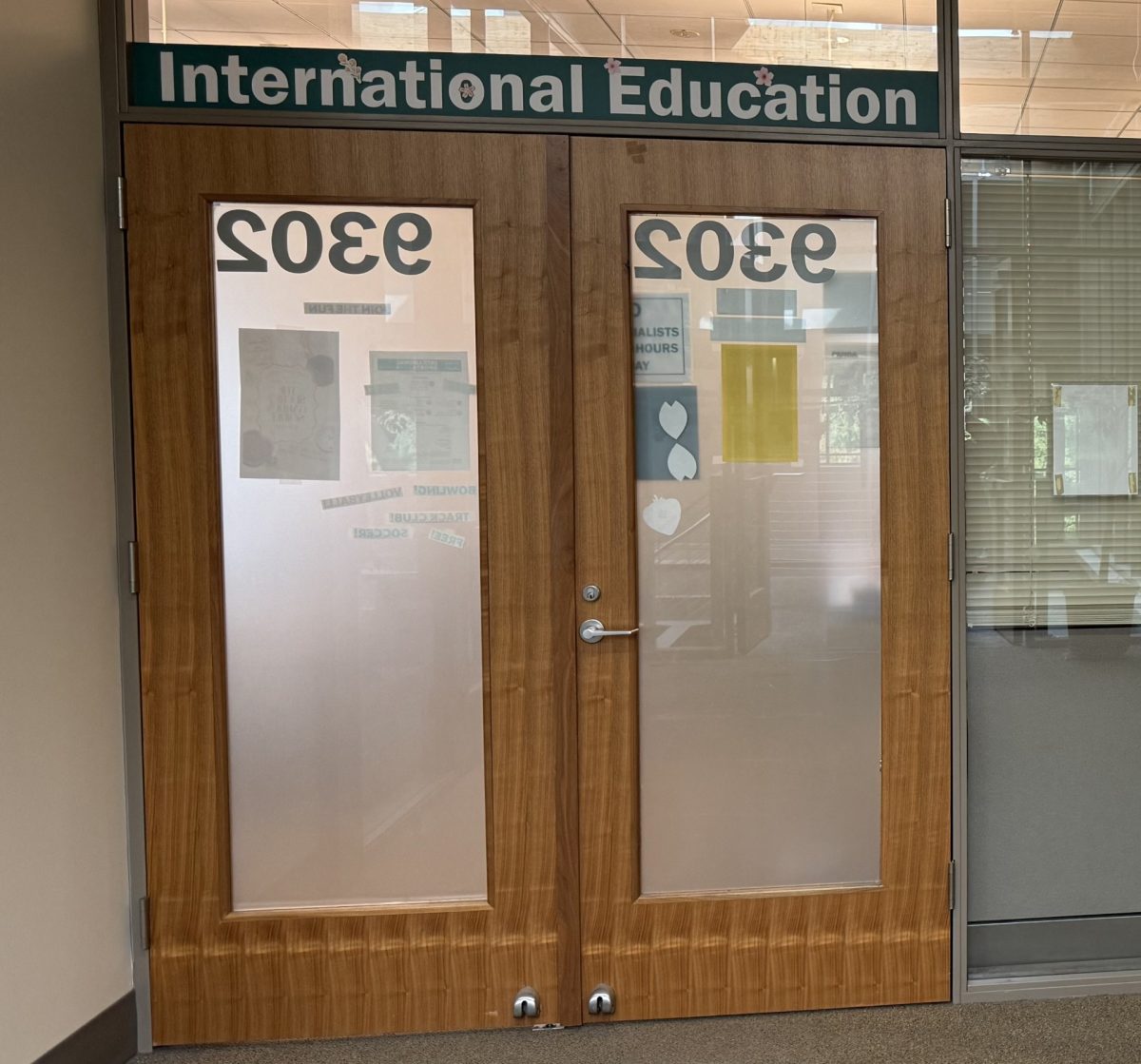
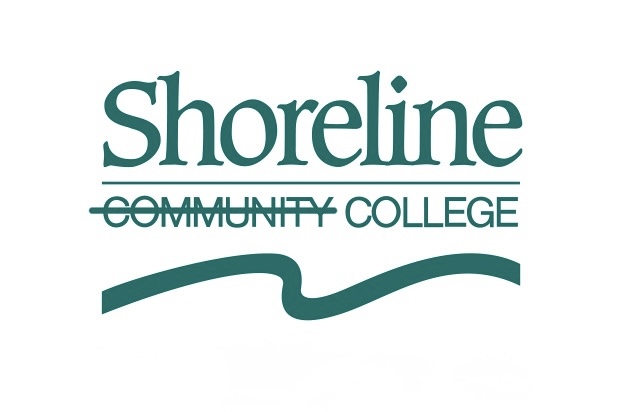
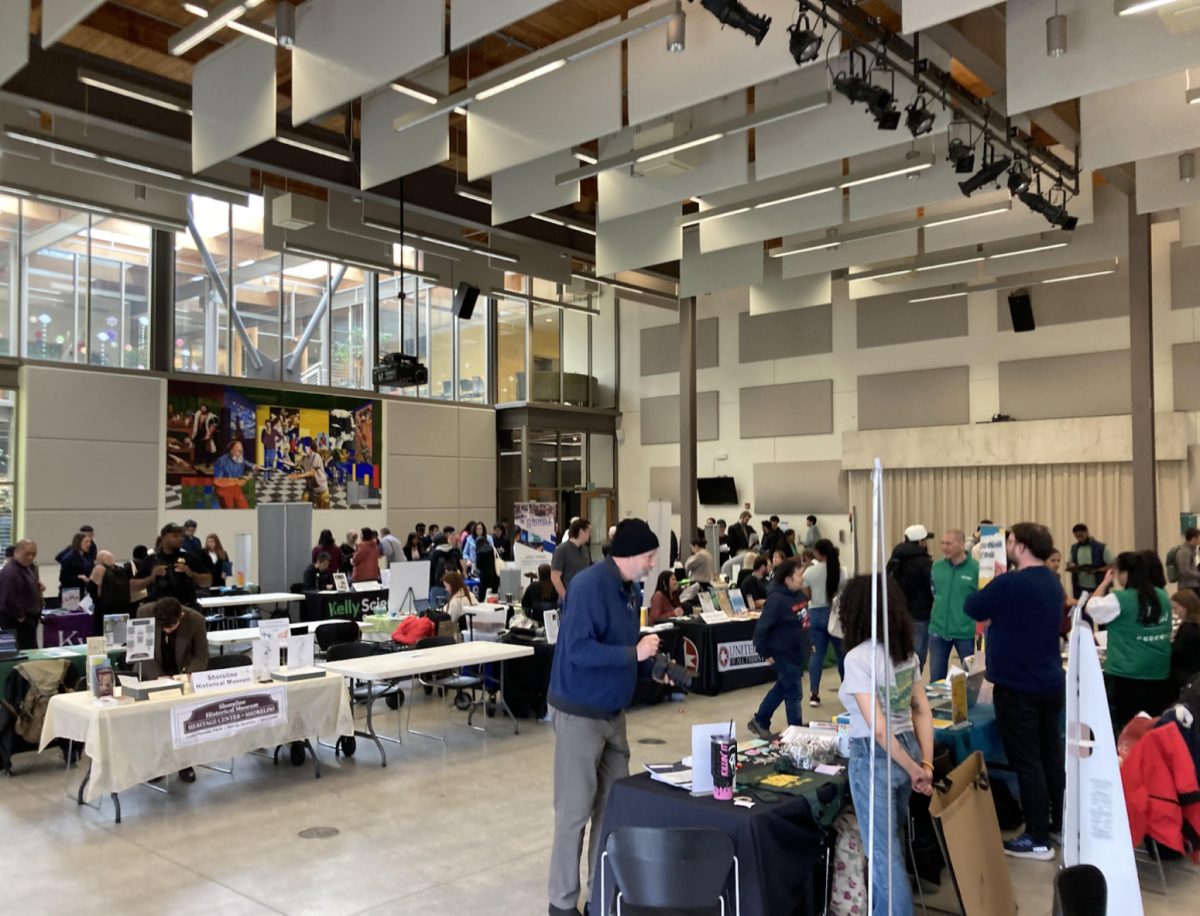
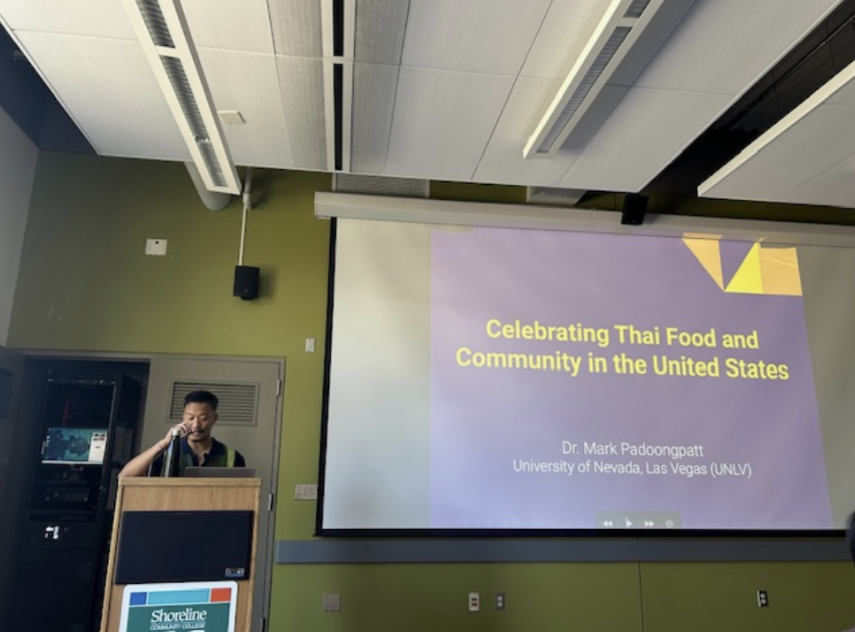
Gloria • Jun 12, 2023 at 1:58 pm
Thank you for joining us here at Half Moon Bouldering. It was a pleasure to host you and we’re looking forward to having your group(s) over again soon!